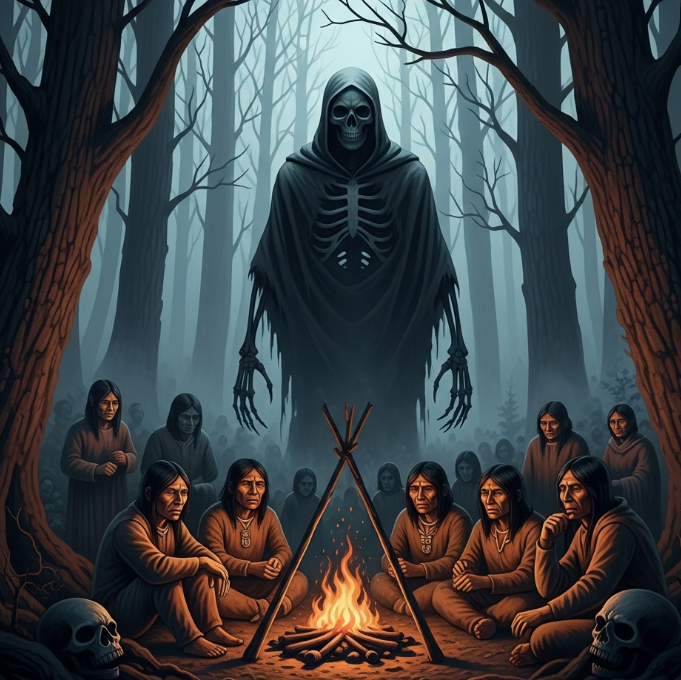By The Archaeologist Editor Group
Bluetooth, the ubiquitous wireless technology that connects our devices seamlessly, may have a name and logo that seem unrelated to its function, but they actually owe their origin to a 10th-century Viking king, Harald Bluetooth Gormsson. In this article, we delve into the fascinating story of this Viking monarch and how he inspired one of the most widely used technologies of our time.
Who was Harald Bluetooth?
Harald Bluetooth, known as Harald Blåtand Gormsen in Danish, is a historical figure whose name might not be familiar to many. He ruled Denmark from around 958 to 986 AD, and his reign played a pivotal role in the unification of Denmark with its neighboring countries, Norway and Sweden, as well as the Christianization of Scandinavia. Although historical records about him are scarce and sometimes embellished, Harald's legacy is undeniable.
The Conversion to Christianity
Harald's conversion to Christianity around 960 AD marked a significant turning point in Scandinavian history. It was not just a matter of faith but also a shrewd political move. At the time, Otto the Great, the East Frankish king and Holy Roman Emperor, sought to expand his territory into Danish lands. By embracing Christianity, Harald strengthened the Danish Church's independence, reassuring his subjects that they could retain their old beliefs and traditions alongside the new faith.
The Origin of the Nickname "Bluetooth"
Harald Bluetooth's peculiar nickname, "Bluetooth," has a somewhat unglamorous origin. His tooth's darkened appearance—which matched his Danish name of "Bltand"—made it appear to be blue or black. William of Belholt later provided an explanation for this detail, which first appeared in the Chronicon Roskildense, a Danish chronicle from the 12th century. However, the true cause of his tooth's color remains a mystery, with some speculating it could have been due to a fondness for blueberries.
The Jelling Stones and Harald's Legacy
Despite limited historical records, Harald Bluetooth's influence on Denmark and its neighboring regions is evident in the archaeological traces he left behind. One of the most significant sources of information about him is the Jelling Stones complex in central Denmark. These runestones, with their inscriptions, commemorate Harald's accomplishments, including the annexation of Norwegian and Swedish territories and the Christianization of his kingdom.
Legacy of the Jelling Dynasty
Harald Bluetooth was part of the Jelling dynasty, which played a crucial role in shaping Denmark into one of the most powerful kingdoms in 11th-century Northern Europe. The dynasty's legacy continued through several kings, ultimately contributing to the spread of Danish influence from Northern Norway to England.
The Tragic End
Despite his political success and achievements, Harald Bluetooth's reign met a tragic end due to a revolt led by his own son, Sweyn. Forced into exile in the 980s, Harald's life took an unexpected turn, and he met his demise in a rather ignoble manner.
The Birth of Bluetooth Technology
The connection between Harald Bluetooth and the wireless technology we know today began in 1997, when engineers from Intel and Ericsson were searching for a name for their new device-connecting technology. Their love for history led them to the Viking king, and they saw parallels between his unifying rule and the technology's purpose. The name "Bluetooth" was born, and it has remained a symbol of connectivity ever since.
The Bluetooth Logo
The Bluetooth logo, inspired by the runic alphabet used by Germans and Scandinavians in ancient times, combines the initials of Harald Blåtand to create its distinctive design. This nod to history has only enhanced the technology's appeal, especially as interest in Viking culture has surged in recent years.
Harald Bluetooth, a Viking king of the 10th century, may have lived in obscurity for centuries, but his name now echoes in the modern world as a symbol of seamless connectivity. His legacy, from unifying kingdoms to inspiring groundbreaking technology, serves as a testament to the enduring impact of historical figures on our contemporary lives.










